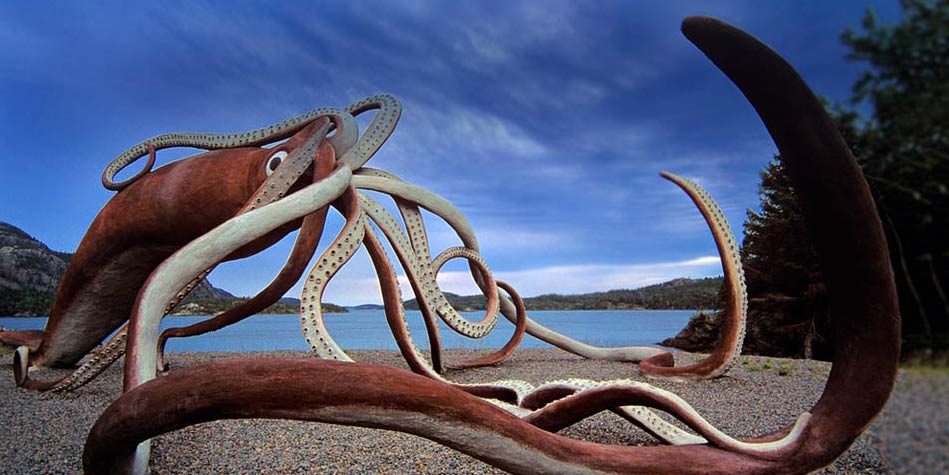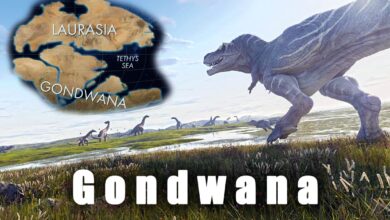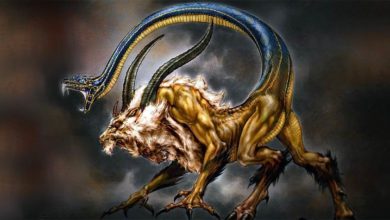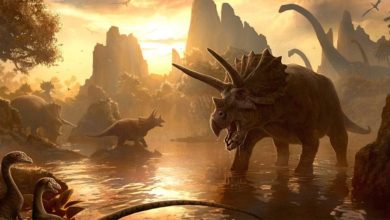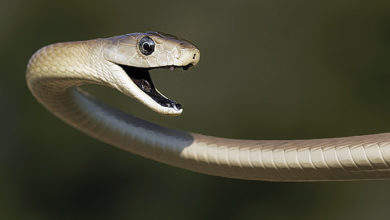Deep-water squid giants
Mythical Kraken restored
The largest squids look frightening to many marine animals. Equipped with murderous tentacles, they look like nightmares. They are also the prototype and embodiment of the mythical Kraken… They have been terrifying for centuries in stories, legends, films and games…
Classification
- Kingdom: Animalia
- Phylum: Mollusca
- Class: Cephalopoda
- Superorder: Decapodiformes
- Order: Teuthida
- Suborders
- Myopsida
- Oegopsida
- †Plesioteuthididae
Squid are divided into two suborders: Myopsin and Oegopsina. These groups include almost 300 cephalopods.

Occurrence
All squid species inhabit the open waters of the oceans, some of which live on shelves and others in the deep. They probably do not penetrate further than 1,200 meters (3937ft), and their optimum depth is 300-400 meters (984 – 1312 ft).
Body
The main feature of squids is the oval shape of the body and 10 arms. Two of them have clearly longer length and shrinkage. They are also equipped with suction cups and chitin hooks or surrounded by a chitinous shaft. Fins are usually found at the back of the body and are produced by the so-called coat. A shell made of chitin is also overgrown with it.
There are eight arms attached to the calamari’s head and two tentacles that do not grow back when they are torn off.
The lips are equipped with a sharp beak, which is mainly used for killing. It is usually made of chitin and proteins, and unlike the teeth of other marine species – it does not contain minerals.
The skin of squids is covered with chromatophores, i.e. pigment cells, which enable cephalopods to change their body color depending on their environment.
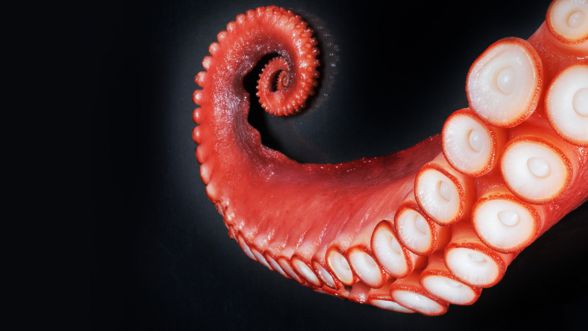
Sight and hearing
The eyes of the squid are located on both sides of the head and contain a hard lens. The image is sharpened by changing its position and not its shape in the eye, as in the case of a human being. The hearing of squids is likely to be limited.
Food
Squid feed mainly on fish, crustaceans, clams, platypus and other cephalopods.
Among the largest species are known even cases of cannibalism – in the stomachs of dead specimens were found the remains of other squids.
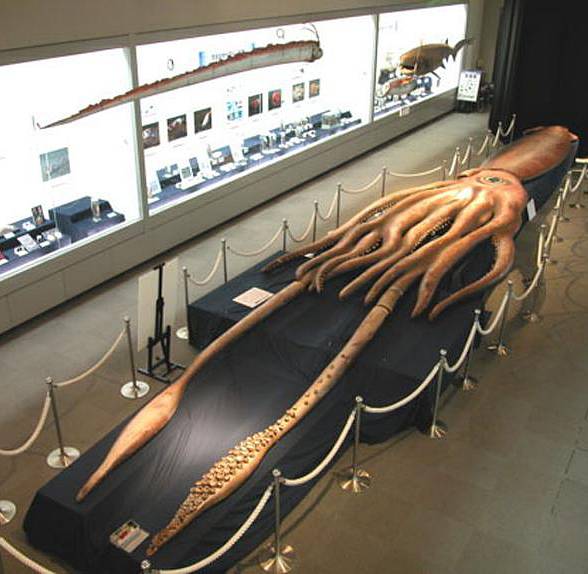
Lifestyle
Very little is known about the habits of squid. It is even controversial how fast they grow and how much they live. Some scientists claim that their bodies are lengthening very quickly, but their maximum age does not exceed two years. According to another theory, it is quite the opposite – squids grow slowly, but they live long.
Such an informational discrepancy is mainly due to the fact that most of the data on these animals comes from the study of dead individuals thrown ashore or even debris found inside the sperm whales.
Hunting
The largest species of squid are active predators. They use their long tentacles to hunt. Adult individuals usually settle in an area with permanent fauna, and young migrate and feed on variable food. The smallest specimens of squids are classified as seafood.
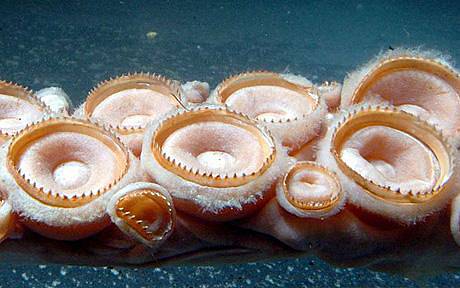
Threats
Although squids are dangerous marine predators – they can also become victims themselves. Their main enemy is the sperm whale, and the Greenland shark (Somniosus microcephalus) also hunts for them.
Communication
Some – more socialized – squid species can also communicate with each other, mainly by changing the color of the skin.
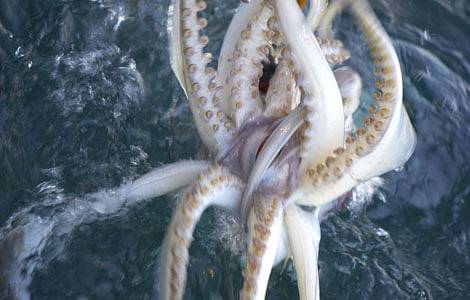
Intelligence
Squid are most likely intelligent animals.
This is manifested, among others in the method of hunting for shoals of fish in which several communicating individuals take part. They can also hide on board fishing vessels, in a place where crabs previously caught are lying.
Squids are also very skillful and can manipulate objects almost as well as human hands. There are also known cases of using tools, such as shells as a shelter.
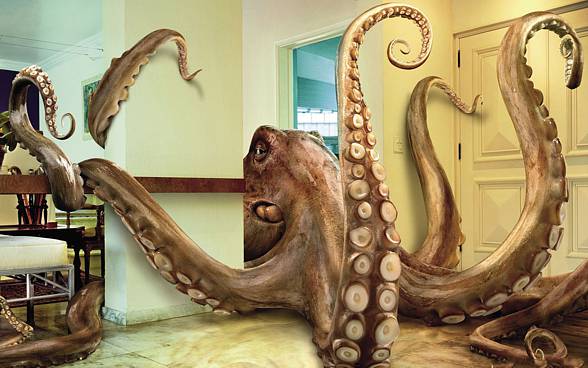
Dimensions / size
Most squid species do not exceed 60 cm (24 in) in length. However, there are those that reach a length of even 18 meters (59 ft) and they are the ones that attract the most interest. We’re talking about a giant squid and colossal squid.
Giant squid (genus Architeuthis)
This squid may have been a source of legends about the mythical Kraken.
- Body length:
- females: up to 13 m (43 ft)
- males: 10 m (33 ft)
- Claims of specimens measuring 20 m (66 ft) or more have not been scientifically documented.
- Length of tentacles: up to 12 m (39 ft)
- Eye diameter: up to 27 cm (11 in)
- Maximum weight:
- females: 275 kg (606 lb)
- males: 150 kg (330 lb)
The second of the largest species is colossal squid, the weight of which can reach up to 750 kg (1,650 lb)
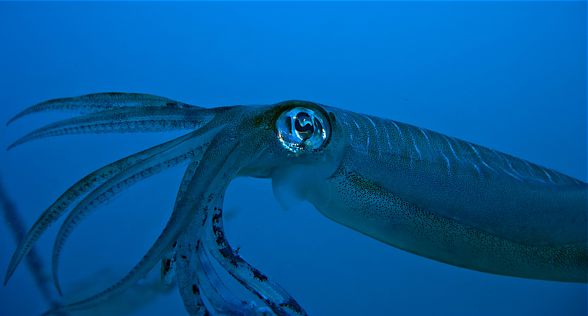
Colossal squid (Mesonychoteuthis hamiltoni)
- Body length: 12–14 m (39–46 ft); the largest fished out individual was 10 m (33 ft) long
- Length of tentacles: up to 15 m (49 ft)
- Eye diameter: 30 to 40 cm (12 to 16 in)
- Weight: up to 750 kg (1,650 lb)

Squid – interesting facts
- In February 2007, a New Zealand fishing vessel caught a colossal squid weighing 495 kg (1,091 lb) and a length of 10 m (33 ft). It is the largest scientifically documented specimen of a cephalopod.
- Squid have three hearts.
- The first live giant squid could be recorded only in 2011 near the islands of Ogasawara located 1000 km away from Tokyo.
- Most probably, the mythical monster Kraken was just a giant squid.
- As big eyes as squids, they had ichthyosaurs, reptiles that entered the sea from the land and appeared in the seas and oceans for 160 million years – from the Triassic, through the Jurassic to the Cretaceous.
- The majority of squids are no more than 60 cm (24 in) long.


